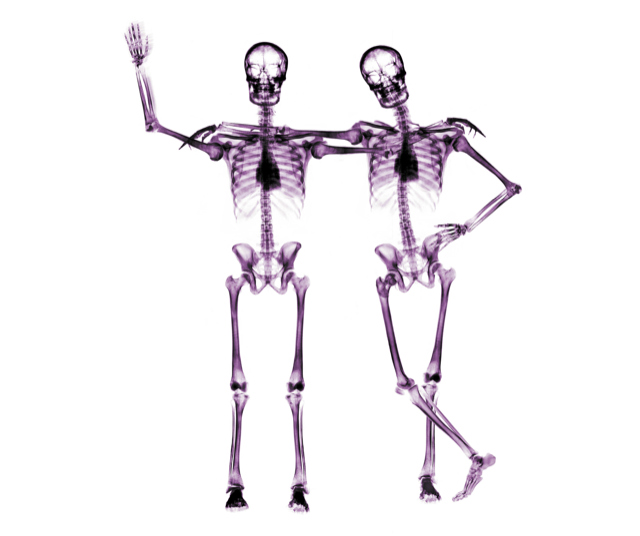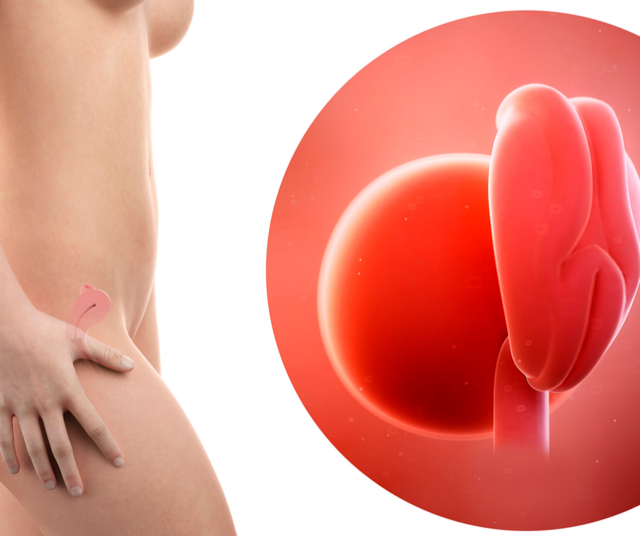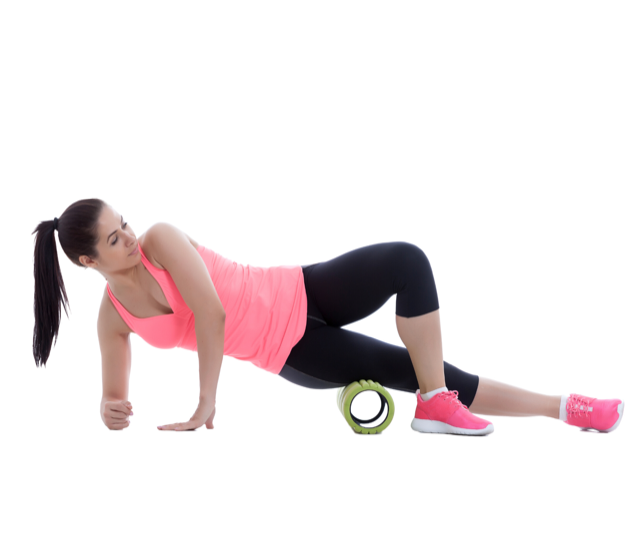What is Fascia? Where is it found in the body?
Fascia is a web-like connective tissue that connects and encompasses every cell, organ and muscle. Some like to think of it as a soft skeleton.

Why is Fascia important? Why does it matter?
Fascia literally holds us together and gives us our shape. But it does even more than that…
Our Fascial system begins to develop at about 2 weeks gestation. It becomes the scaffolding upon which other structures grow.

Fascia is a complex communication system; it receives and transmits information to facilitate body awareness/movement of the body.
It has the ability to adapt and adjust to strain or stretch.
Fascia plays an active part in wound healing.
How does Fascia tie in with Pilates?
Fascia is not only connective tissue (like a super-cool silver spiderman suit) but is also responsible for detecting and relaying information to the central nervous system about the position of your body and it’s movements.
Pilates ‘develops not only the muscles of the body, suppleness of the limbs, and functioning of vital organs and endocrine glands; it also clarifies the mind and develops the will.’ – PILATES’ Return to Life Through Contrology.
How do you do Fascial Movement?
The Pilates principles of mindful movement are at the core of this work so as part of your training you will learn:
Breathing Techniques to aid body awareness and proper alignment.
Pelvic Placement emphasising stabilisation of the pelvis and lumbar spine.
Rib Cage Placement bearing in mind the abdominal muscles attach to the lower ribs, they must be recruited to maintain the rib cage and thoracic spine in good alignment.
Scapular Movement and Stabilisation as when the scapulae (shoulder blades) are not stabilised there is a tendency to overwork the muscles around the neck and shoulders.
Head and Cervical Placement awareness is needed as the cervical spine (neck) should hold it’s natural curve and the skull should balance directly above the shoulders when vertical. In most instances, the cervical spine should continue the line created by the thoracic spine during flexion, extension, lateral flexion and rotation.
Moving on to the fun stuff…
In the studio I use small equipment including Fitness Circles, Mini Stability Balls, Spiky Balls, Foam Rollers and Resistance Bands to help you improve your body movement and awareness.
We use four styles of movement named Fascial Movement Variables:
The Bounce Variable
The Sense Variable
The Expand Variable
The Hydrate Variable
I will go into more detail of these variables in future blogs… But for now exciting news!!!
Fascial Movement Workshops Coming Soon…
Join me soon to learn Fascial Movement techniques to improve your mind body connection therefore allowing you to be more active in whichever ways you choose. Whether that’s walking, cycling or simply being able to play on the floor comfortably with your children, grandchildren or pets.
The Pilates method is the framework for Fascial Movement. We will cover the Pilates basic principles in the warm up and go on to covering exercises that will:
- Develop the Fascial System to make it more responsive.
- Teach you how to calm or excite the central nervous system.
- Enhance your sense of perception, improving over all body awareness.
- Initiate movement from the exhale then from the inhale and encourage personal observations.
Book ASAP as there are limited spaces so I can give hands on corrections.
Take me to the Fascial Movement Workshop Booking Site!
You’ll be pleased to know that by joining a Pilates or Barre class with me you learn some basic Fascial Movement techniques as I include elements of this training in all of my classes.
You can learn Pilates with me 1-2-1 in the studio in person or online.
Do get in touch via my Contact Me page.
To book your place in a small group class head on over to my booking site: www.bookwhen.com/Greenroomhealth
How can I work on this from home?
If you can’t regularly get to class then an easy way to incorporate some fascial movement/release into your home or work life is to roll a tennis or spiky ball underfoot. If you suffer with plantar fasciitis then gently rolling a ball underfoot is often recommended by physios as part of your rehab.
Many people are aware of the foam roller nowadays. There are soft and hard rollers available. Go mindfully at home as you can end up with bruising if you use a hard roller too enthusiastically!
Using both spiky balls and foam rollers can sometimes be uncomfortable but if you start gently you should find you feel the benefit.

Excited about learning more Mindful Movement but not sure where to start?
If you want to try Fascial Movement NOW then follow this link to view my Fascial Movement Playlist on Youtube:
TAKE ME TO YOUTUBE
